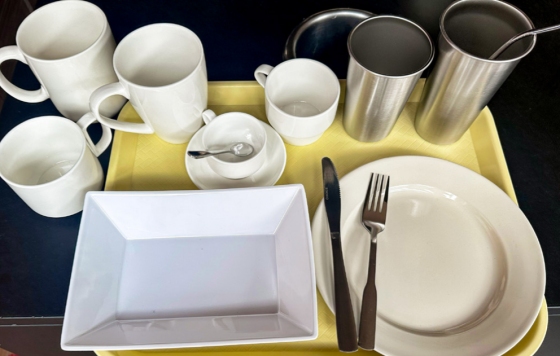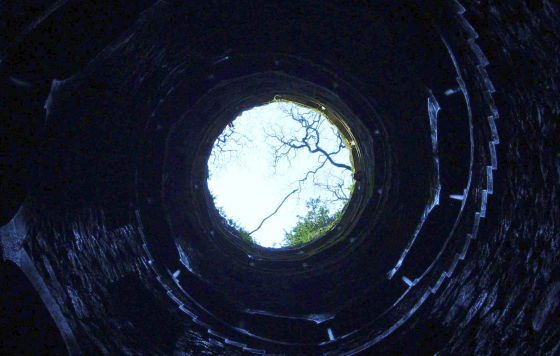
California is renowned for its miles of pristine beaches, but look a little closer, and you’ll uncover the symptoms of a global plastics problem, right under our noses.
We often run beach cleanups as part of our outreach efforts with the Rethink Disposable Program, and this past Saturday, 33 people came out to our cleanup at the Crissy Field beach near the Golden Gate Bridge.

At first glance, the beach looked totally free of trash, but between us, we picked up more than 2,300 pieces of plastic in under two hours.

To see the scale of the problem, it’s really important to track data when you’re removing debris from the environment. The most common items we found were small pieces of plastic too small to identify, and foam pieces.
We also found dozens of food wrappers, bottle caps, 14 cigar tips, 22 plastic bags, 13 diapers, and sadly, too, half a dozen used syringes, not to mention a dying bird that was taken to animal control to be euthanized. It wasn’t clear what had caused it to become sick, but the chances are high that it may have ingested plastic: 693 marine species have come into contact with marine debris, and 400 of those have been directly impacted by entanglement and ingestion of plastics.
This is all a symptom of the throw-away lifestyle that's been marketed to U.S. consumers since the 1950s. Based on the idea of convenience, it’s created an inconvenient truth: The world's oceans are choking on plastic. In fact, recent reports predict that there will be more plastic than fish in our oceans by 2050.

Approximately 32% of plastics escape the end-of-life management system. So it turns out that the "away" in throw-away is often not where we want it to be. Much of it is littered or gets blown out of landfills, entering waterways and polluting the marine environment and harming wildlife.
What’s the solution?
Well, we can't recycle our way out of this plastic pollution mess. Only five percent of plastics are recycled in California, despite decades of policy initiatives designed to boost recycling.
The truth is that plastics are hard to recycle, and mainly shipped overseas for processing. They are co-mingled with other materials, and often the environmental impacts, greenhouse gas emissions and water pollution, exceed the benefits of recycling.
The best way to stop this problem from escalating is to rethink your perception of the true cost of “convenience” of disposables on our planet and get off the disposable packaging addiction as soon as possible! If you haven’t already, you can join us and encourage your friends and family to take the pledge to reduce single-use packaging.
Innovative leaders like our Rethink Disposable businesses are voluntarily implementing cost effective practices to reduce their reliance on disposable packaging used in food service and educating their customers too.
Last week, Humboldt State University began charging $1 for to-go drinks in disposable cups and started selling reusable glass mason jars with its coffee as an alternative, for less than the cost of a single disposable cup. Customers may have been motivated by a discount if they brought their own cup in the past, but now they and others will be even more motivated to avoid paying a hefty $1 charge for every disposable cup. This is a great example of how to break the throw-away habit.
There is hope. But we have to rethink our attitude towards disposable items!
Next time you take a look at your favorite stretch of California beach, ask yourself: How clean is it, and am I really doing the most that I can to preserve it for wildlife and future generations?


